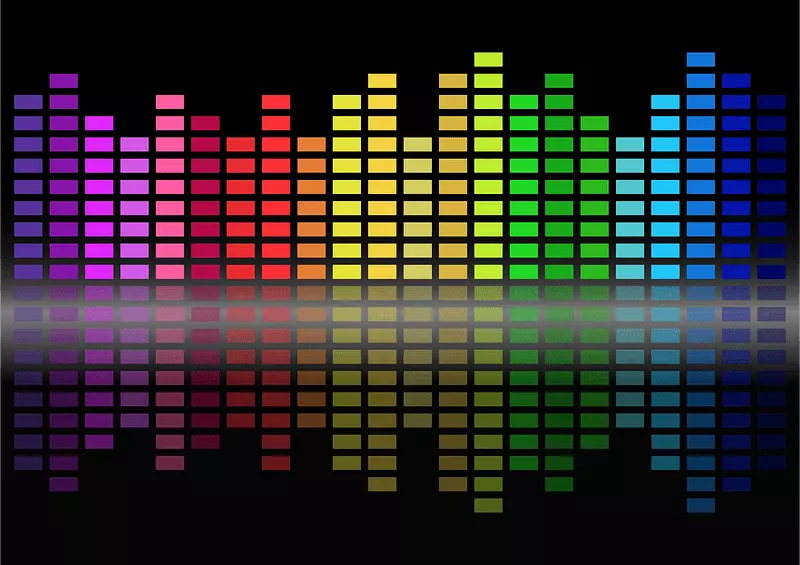Properties that manage rental programs with Owners ask themselves whether their usage/rotation process for assigning room numbers is working well. We know that the various tools available will do their job when incorporated into Standard Operating Procedures (SOPs), but how can you see some proof that the procedures are being followed?
The most appropriate tool for monitoring the efficacy of your rotation is the Unit Usage Summary report (R-R-4-V-U) sorted and subtotaled by Room Type. This report clearly illustrates the balance of individual units rotating between each other and is an invaluable starting point when researching discrepancies. It has the advantage of being able to be run for both past (actual revenue) and future dates (values), providing a more holistic view of revenue allocations. It is advisable to run it monthly for an extended period – perhaps a couple of years including 6-12 months in advance.
Individual units that are either exceeding or falling below the norm for their rotation type will be easy to discern but careful consideration should be given when determining the cause as the issue is not always the result of disregarded procedures. Outliers can point to an occupancy anomaly such as an unexpected long-term rental or a lengthy owner stay. They can also reflect the collective customer opinion as to the desirability, or lack thereof, of a given unit based on its location, features or ambiance. In the latter case, the data may highlight the need to change the Unit Type to reflect reality or recognize a pricing disparity.
When SOP’s are not being followed, close monitoring of the Unit Usage Summary can help identify discrepancies which can be “nudged” back into the fold by carefully adjusting the “actuals” bucket (via Reset Unit Usage Counts in Owner Management à Owner Maintenance.) The behavior of rogue Reservations or Front Desk staff, reliance on “favorite units” or uninformed manual selections are all ways to undermine the rotation. Even a resource shortage in Housekeeping can effect unit readiness and cause well-selected unit numbers to be changed at check-in. Training and general awareness of the reasons behind the SOPs are the best way to ensure adherence.
I would like to offer two important takeaways on this topic of unit usage/rotation:
- Accurate rotation benefits from a long perspective as it reflects a mix of incremental actions. Frequent “fiddling” with the collection of nightly contributions is as counterproductive as arbitrarily resetting usage across the board. The heuristic experience of the system builds over time and gradually increases precision which you do not want to erase.
- In the end, it is important to remember that rotation is the last resort in assigning a unit number. Rotation is not an end in itself – it is just a tool for determining the selection when there is, finally, more than one answer to the question “Which unit will meet this guest’s needs?”
For more information on the subject, please refer to the document Effectively Managing Unit Rotation.
Next time, we’ll take a look at your options for exporting data from SMS|Host.

